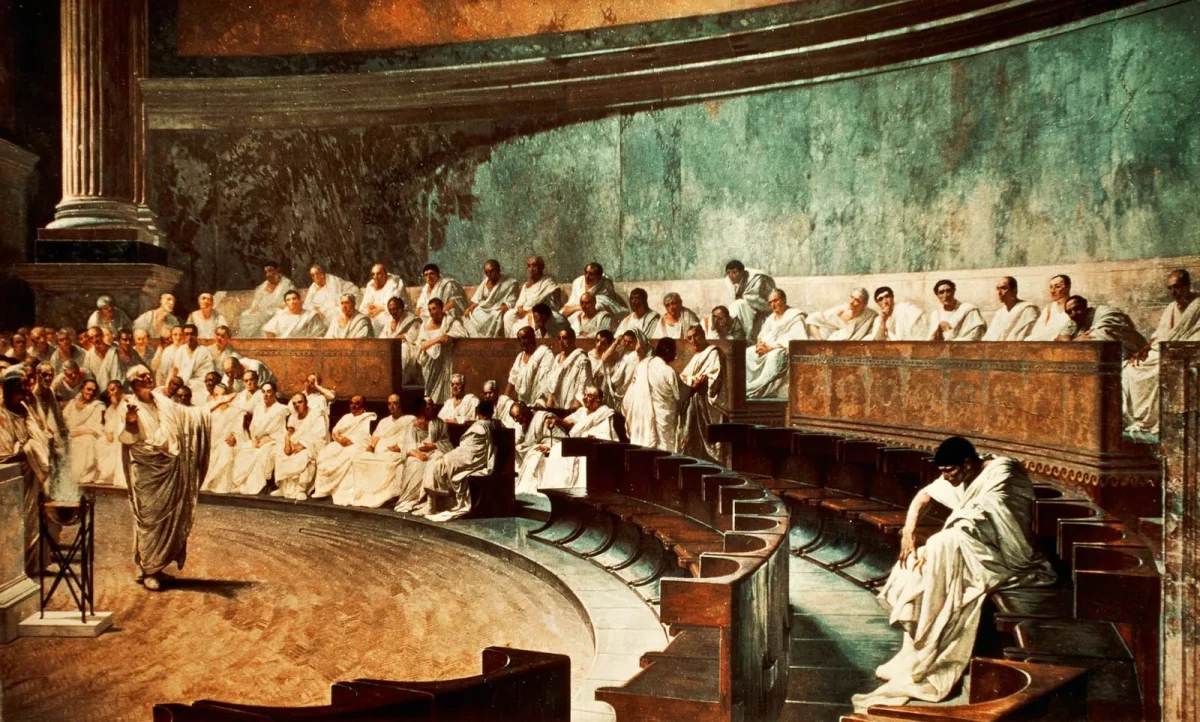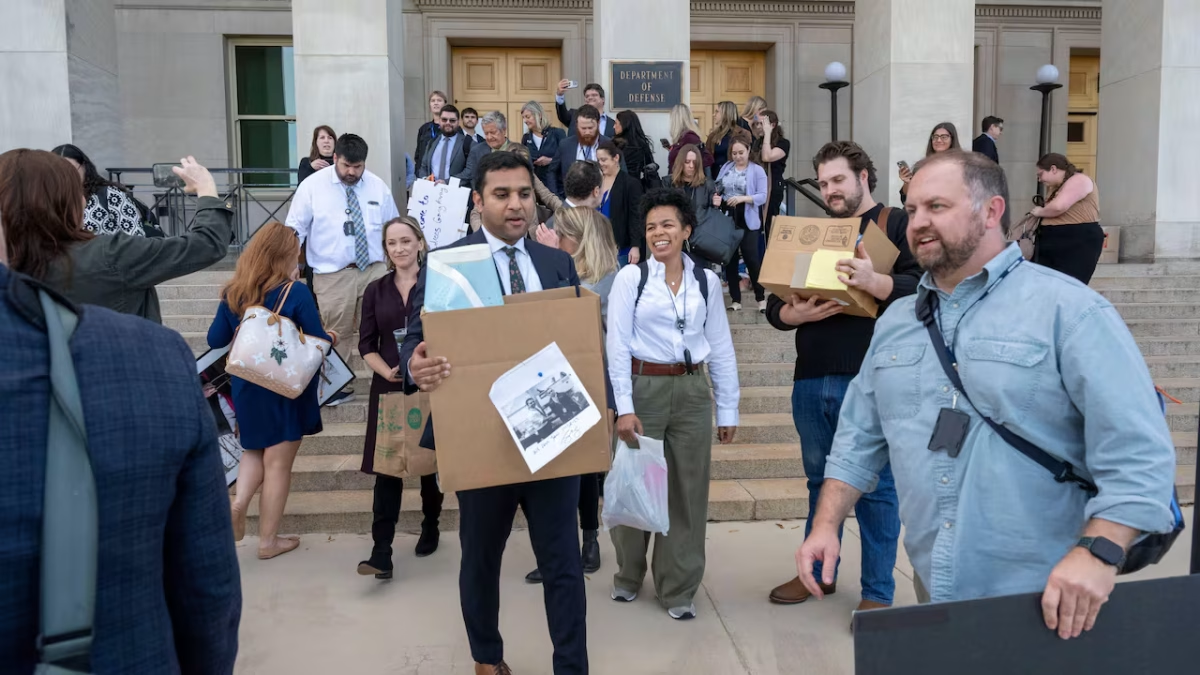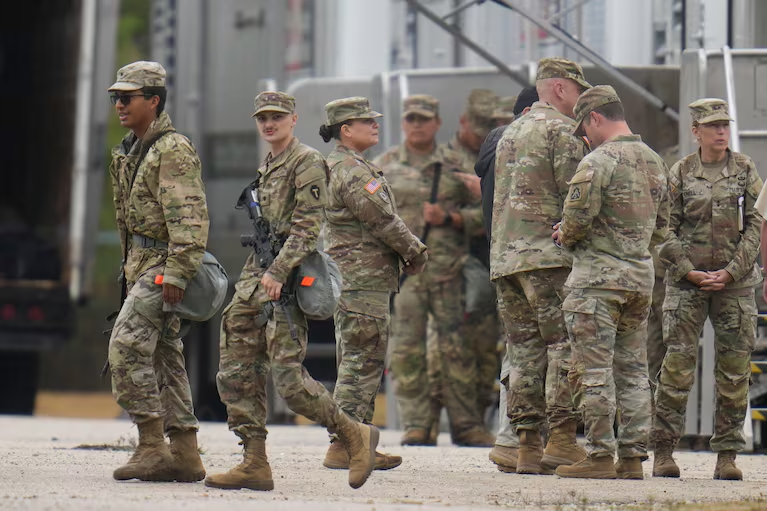A republic dominates the world, is ruled by institutions that often falter, has a culture spread wherever its influence extends and has constant political conflict. Two nations fit this description: the United States of America and the Roman Republic.
What Americans can learn from this ancient nation could change the course of the U.S. and potentially save the country from future chaos or collapse.
Oftentimes the U.S. is compared to Rome, more often than not in respect to Rome’s collapse. But in truth, Rome could be said to have fallen many times, with the ancient nation seeing numerous transformations all the way into the 15th century.
What is meant by this comparison? At one point in Rome’s history, it went from a robust, though oligarchic, republic to an authoritarian empire. Experiencing this after a long series of political violence, wars, civil strife and societal turmoil.
This period is known as the late Roman Republic.
It is the Roman Republic at this stage that the United States ought to be compared to. The two nations share similar institutions, world dominance, economies, cultural influence and struggles.
Institutions
The Roman Republic had a complicated system of government that was created and amended over a long period of time. This system was created after the overthrow of a monarch and had a system of checks and balances to keep power out of the hands of one ruler.
Rome is very similar to the U.S. in this regard, which employs similar checks and balances and was also inspired by the removal of a monarch. Importantly Rome also had what was called “The Assemblies,” which was a political institution that allowed citizens to directly elect government officials and enact laws.
These institutions including the Roman Senate, which functioned more in an advisory capacity, would become enveloped in bribery and political corruption, leading to a broken political order that served only the elites of Roman society.
The beginning of the end for the Roman Republic was when two populist reformers known as the Gracchi brothers tried to institute reforms for the good of the common people. The Gracchi brothers would become victims of political violence and institutional backlash.
This event began the breakdown of Roman political norms and was the first of many instances of political corruption leading to violence. Rome’s institutions closely resemble America’s in many ways. The decay of these institutions should come as a warning to the U.S. which is also witnessing a rise in apparent corruption.
Power
The Roman Republic saw constant military expansion. It had strong incentives to keep its military machine turning, eventually leading to its complete dominance of the Mediterranean and becoming the region’s sole superpower.
The Romans had a firmly held belief that they fought their wars for the sake of security. The Romans felt that all their expansion and conquest was merely so they could enjoy peace. A mindset that many Americans will recognize.
Military dominance is another area where Rome and the U.S. are alike. Being a sole superpower and being pulled into constant conflict because of an expansive empire brings a whole host of pressures to a nation.
At the time of the late Roman Republic numerous men, driven by wealth and ambition, pursued unnecessary wars and conflict. These actions would be a large part of the internal and external turmoil that the republic would face as it came under the rule of an authoritarian.
Again, this should come as a warning to the U.S. not to pursue unnecessary conflict and to avoid overexpansion.
Economy
The Roman Republic saw its founding as a nation of land-owning citizens. This relatively small disparity in wealth between the wealthy and poor was one of the nation’s greatest strengths.
Over time this disparity would grow, and the late Roman Republic would see the rise of ultra-wealthy oligarchs. This is a trend that is observable in the U.S.
This massive disparity in the Roman economy drove many citizens into urban environments, swelling the number of urban poor. It was these changes in economic conditions that would lead to the rise of the Gracchi and the subsequent turmoil of their deaths.
Again, America should seek to learn from the Romans and seek to alleviate these disparities to preserve the nation.
Culture
Rome developed its culture by adopting different cultural aspects of those the empire incorporated. With America famously being referred to as a melting pot, this concept is likely familiar to many Americans.
This cultural diversity and indeed cultural adaptability were hallmarks of the Romans who famously adopted huge parts of their language, religion and philosophy from the Greeks.
Culture and power go hand in hand. As Rome’s power grew, its language spread as well. After some time, Latin had firm roots all over the Mediterranean.
As the U.S. has grown and its power has been established all over the world, it has seen a similar trend. English has become the global language.
Clearly Rome and America share many similarities, but the U.S. need not follow in the footsteps of the Roman Republic nor that of its predecessor the Roman Empire.









